Cosmos. Ethereum. EigenLayer.
By connecting Ethereum and Cosmos, EigenLayer will bring in a new wave of innovations.
Written in collaboration with Sam Hart (Skip, Timewave). Special thanks to Myles O’Neil (Reverie) and Marko Baricevic (Binary Builders) for feedback and ideation.
Summary
Ethereum and Cosmos started with distinct objectives, but their paths are slowly converging. Both are confronting analogous technical challenges such as MEV, liquidity fragmentation, and broad decentralization.
Cosmos has flourished as a nexus of experimentation, while Ethereum has been validated as the composable settlement layer. Though the two ecosystems have learned from one another through informal exchange, a deeper social and philosophical link has been absent—until EigenLayer.
By connecting Ethereum and Cosmos, EigenLayer will bring in a new wave of innovations. The Cosmos community can tap into Ethereum's foremost source of decentralized security and liquidity; Ethereum can tap into the infinite experimentation happening in Cosmos.
Introduction
Ethereum’s vision is to become the global settlement layer, while Cosmos imagines a world of hundreds of digital city states. Their differing aims are reflected in distinct design choices; Ethereum adopted Proof-of-Stake, focusing on solo validators while Cosmos opted for delegated-Proof-of-Stake optimizing for light client verification and governance.
As these systems grow their designs are beginning to converge. With Ethereum choosing a rollup-centric scaling roadmap and Cosmos exploring shared security schemes, the two ecosystem’s goals and approaches are slowly coming together. As Ethereum L2s mature, initiatives such as the Superchain, ZK Stack, and Polygon 2.0, are beginning to mirror the tightly integrated economic zones found in Cosmos.
Each of these initiatives has unique design trade-offs, but the main goal remains the same: scaling crypto infrastructure securely. Therefore, bridging different design learnings across is not only desirable but necessary, especially considering the shared challenges faced by these systems.
Cosmos and Ethereum are solving similar problems
Maximal Extractable Value (MEV) has been a significant topic in Ethereum since 2020, influencing its future roadmap and protocol design. Proposer builder separating (PBS) aims to counteract the centralizing pressure caused by MEV.
PBS in Ethereum is currently implemented via an out-of-protocol design called MEV-Boost using a trusted commit-reveal scheme. In the future, enshrined PBS (ePBS) designs will be integrated into the base Ethereum layer to remove the trusted third party.

In Cosmos, MEV is also a critical point of discussion. Thanks to the flexibility of individual Cosmos chains, more advanced ePBS solutions are being implemented. For example, Osmosis is experimenting with top-of-block arbitrage profit sharing, while Skip is testing BlockSDK, a decentralized block builder and proposer commitment design. Likewise Fairblock is trialing an encrypted mempool and commit-reveal schemes for all chains.

On the other hand, the Cosmos developer community has made interoperability a primary focus, largely because of its modular nature. Conceptualized in 2016, the Inter-Blockchain Communication (IBC) protocol was engineered to solve interoperability challenges through crosschain light client verification. This protocol was put into action in 2021 and, as it stands today, secures over 1000 IBC connections.
In contrast, Ethereum is experiencing difficulties with interoperability as the numbers of L2s and appchains continually increase. As it currently stands, light client verification across L2s is challenging given their variable sequencer design. However, the implementation of decentralized sequencers such as that of Espresso Systems and others, have begun to pave the way towards more dynamic interoperability designs.
Applying Cosmos’ technology directly to Ethereum has always been a challenge, but L2s now offer a venue for the proliferation of new experiments.
EigenLayer Lowers the Barrier for L2 to Utilize Cosmos Innovations
Many of Cosmos’ innovations involve leveraging the validator set to perform supplementary work. However, operator sets are not available to L2s today. Maintaining a quorum of validators with strong economic security is notoriously challenging.
EigenLayer addresses this issue by providing a platform for economic stake - allowing any staker to contribute to any PoS network. By reducing the cost and complexities, EigenLayer effectively paves the way for L2s to tap into the expressive innovations in Cosmos's stack.
To learn more about how EigenLayer achieves this, check out the first section of You Could’ve Invented EigenLayer.
Merging the two tech stack breeds symbiotic relationship with infinite possibilities
Bringing Cosmos’s bleeding-edge innovation to Ethereum
The app-specific innovation coming out of Cosmos is the perfect complement to EigenLayer’s sophisticated staking community and capital base. We expect a deeper collaboration to be highly generative, expanding the functionality of Ethereum and creating the context for Cosmos builders to apply their talents toward the largest on-chain programmable staking economy in the world.

We also imagine sophisticated Ethereum projects will continue to outsource specific application functionality to specialized committees. These committees will perform advanced but well-defined actions to assist Ethereum applications, such as seal bid auctions, machine learning inference, ordering mechanisms and the like.
Decentralization From Day One Without a Token
In the combined Cosmos-Ethereum landscape, decentralization is prioritized from the onset. Rather than tying this capacity to a native token, EigenLayer allows tapping into the enormous validator set of the Ethereum network from day one. Exporting Ethereum’s decentralization ensures enhanced security and promotes permissionless access to network operation, facilitating a more resilient ecosystem.
Access to Ethereum User Base and Node Operators
It is no secret that the Cosmos ecosystem is hungry for users given all its technical innovations. Ethereum wL2 is the perfect place to house new experiments. Moreover, since the Beacon chain went live in 2020 Ethereum validators have been trained to operate a protocol worth tens of billions of dollars. Inheriting Ethereum’s $60 billion security through EigenLayer allows L2s to replicate their expertise to handle the node-level operation, ensuring a smooth experience for end users.
Ethereum’s Economic Security in Cosmos
The benefit is mutual. Amazing teams are actively developing solutions that bring Ethereum's large economic security to Cosmos. Here are three projects (listed alphabetically) that are directly involved in this.
Roll your own AVS with the Cosmos SDK
Currently, within Cosmos SDK, one can easily spin up a chain with either a PoA or PoS configuration using a native staking token. While renting security via replicated security or shared security is possible today, deployment involves nuanced governance engagement with other chains. In the near future, developers will be able to spin up a new PoS chain using Ethereum’s security or a new PoA chain with a targeted security budget. Chains can tailor their security needs and separate the network launch from the launch of a token.
Ethos contributed by Karthik Raju
Inter-chain Security (ICS) allowed chains to borrow economic security from the ATOM token, and the Cosmos Hub validator set. Since then, new standards such as Mesh and Hybrid Security have entered the market.
Ethos is the next step in the shared security narrative of Cosmos. Ethos brings re-staked ETH from EigenLayer into a new provider chain hub for the Cosmos ecosystem. Cosmos chains often pay with 10%+ inflation schedules because the underlying trust layer is powered by volatile assets. ETH is the highest-quality on-chain asset. Restaked ETH is the lowest opportunity-cost version of ETH, requiring lower single-digit inflation/cost for consumer chains.
Ethos will act as a central source of restaked ETH, from which Cosmos chains can borrow to bootstrap their trust layer with low cost (inflation). By allowing for greater optionality, Ethos greatly improves on the original mechanics of shared security.
Lay3r contributed by Jake Hartnell
Lay3r is building a new IBC-enabled stack supporting both WASM smart contracts and the EVM. While drawing much from the Cosmos stack (most importantly Comet BFT and IBC), it features a modular rust-based SDK that allows developers to easily launch their own sovereign high performance L1 or EigenLayer powered L2.
Developed by two of the creators of Mesh Security, the Lay3r L2 (secured via Eigenlayer) will allow for ETH re-stakers to earn additional rewards by providing economic security to the Interchain as well as provide a Schelling point for developers building IBC-powered protocols and chains.
Conclusion
As Cosmos and Ethereum form a deeper relationship, we expect more ideation and innovation. EigenLayer will continue to serve as the conceptual link between the two ecosystems, adding value to both ecosystems through our commitment to Open Innovation.
In line with this vision, we're testing out the idea for a small Cosmos x Ethereum Conference. We've received positive responses so far. If this interests you, please record your email here to show support: https://bit.ly/cosmosxethereum
Lastly, if you are
- an L2 interested in tapping into the latest Cosmos ideas
- a Cosmos chain interested in working with EigenLayer

